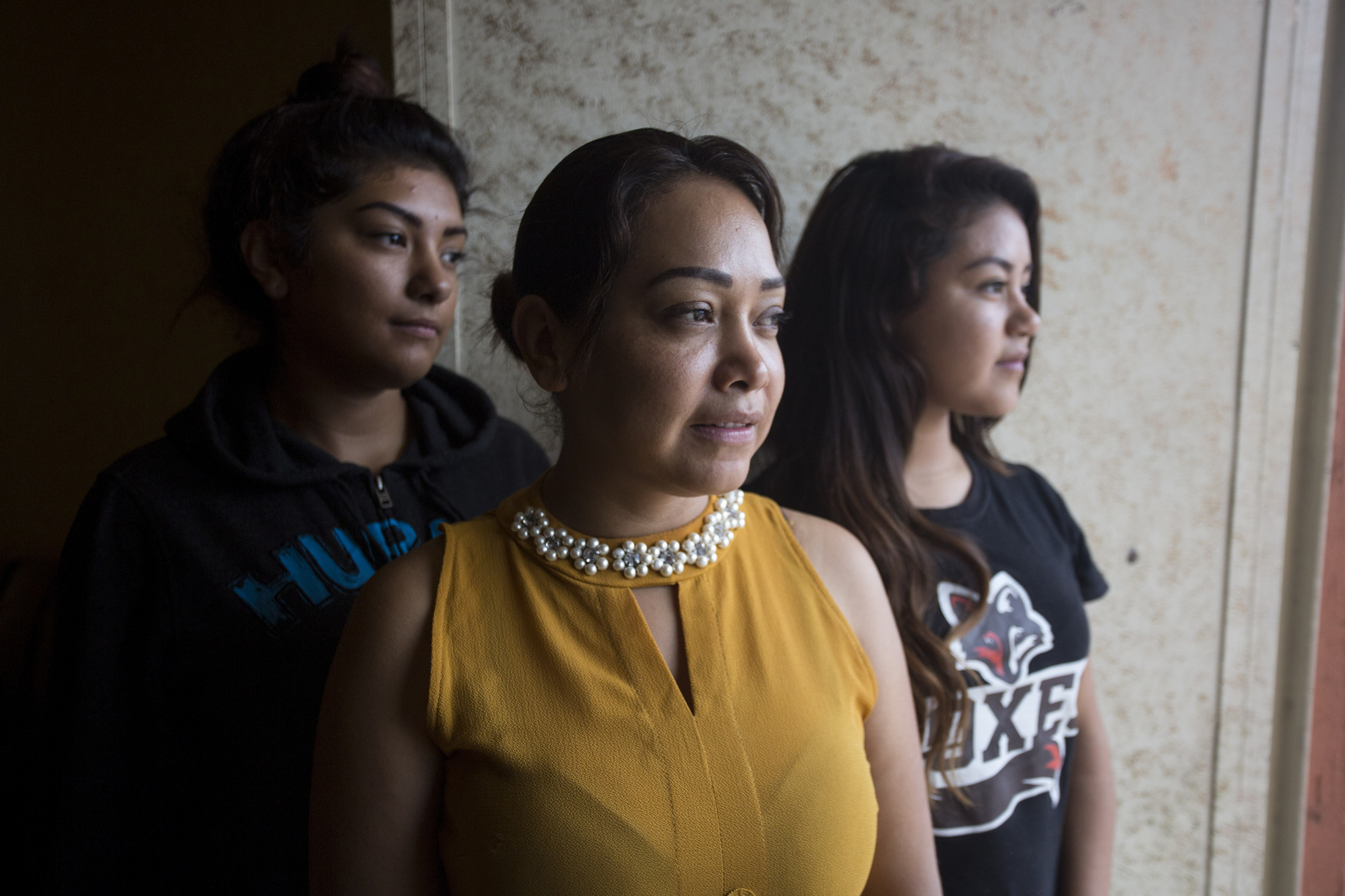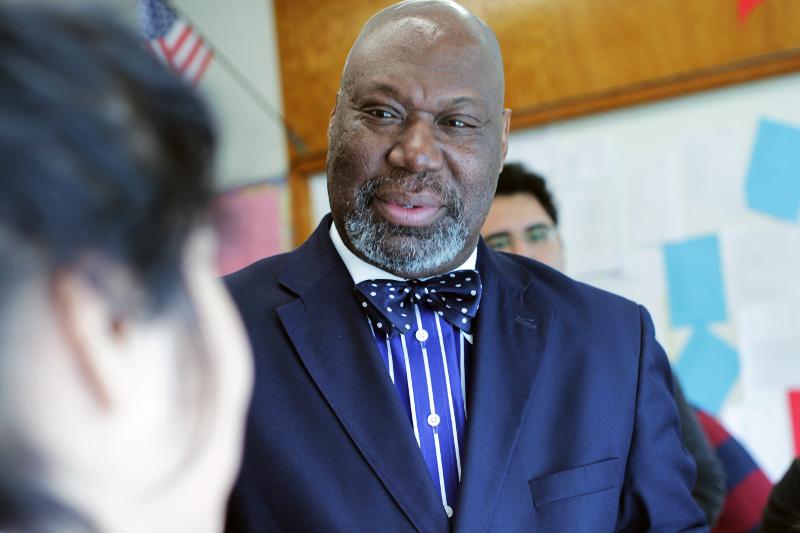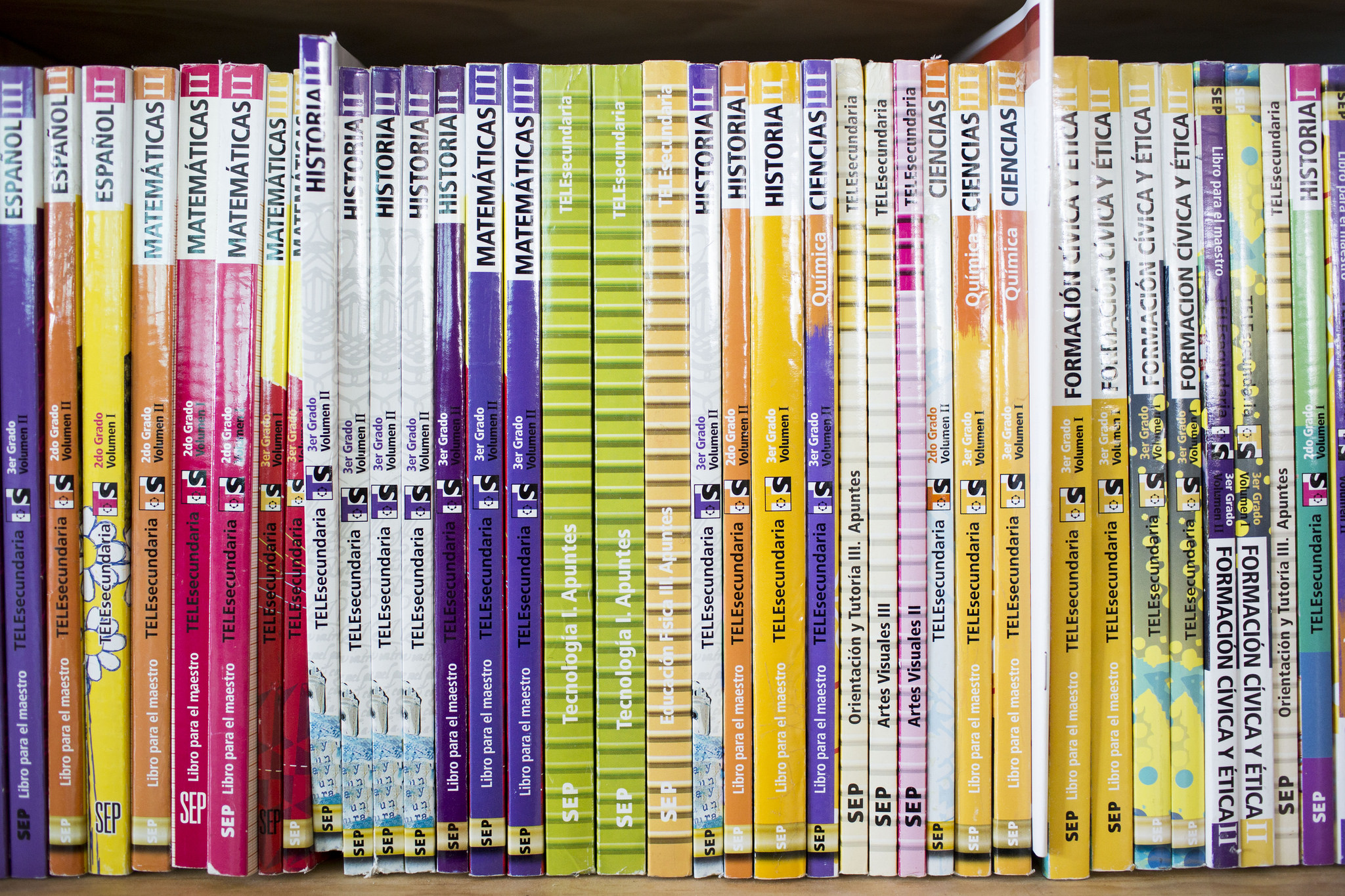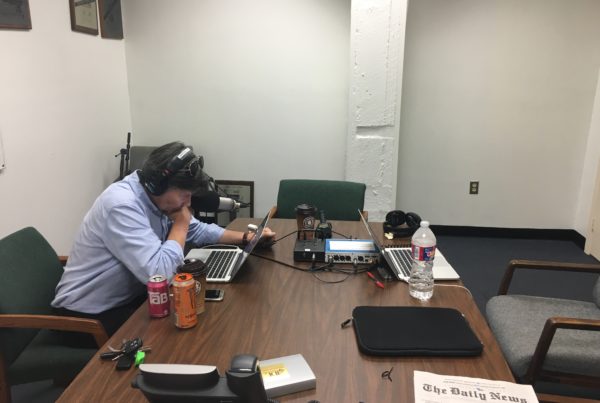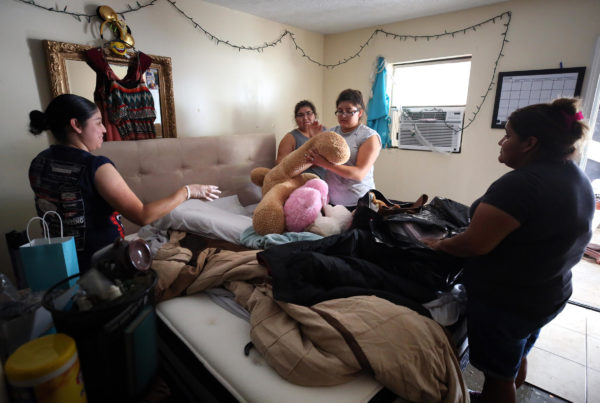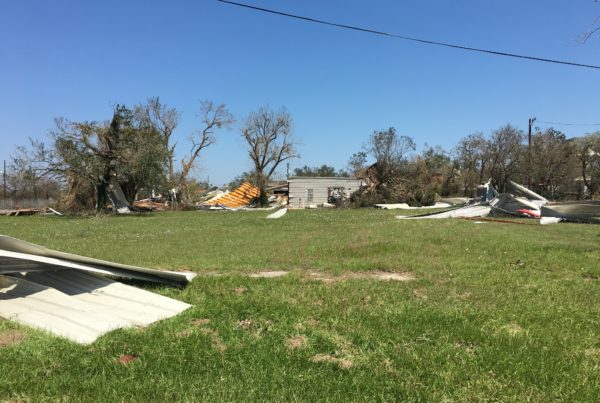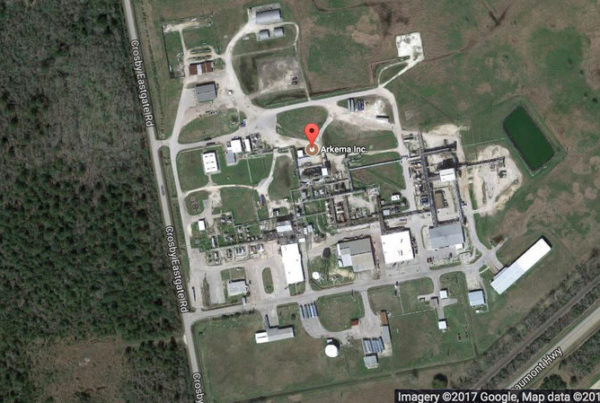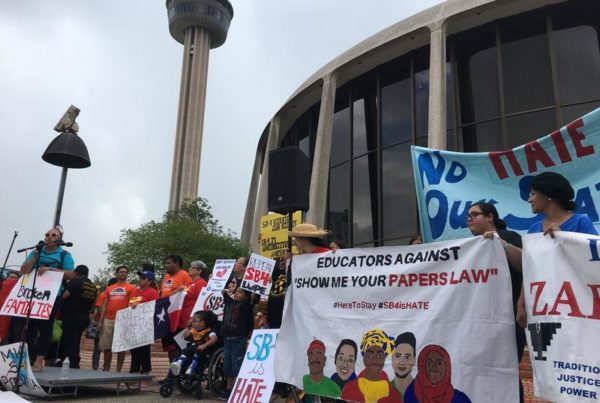Regardless of the weather, signs of fall are here in Texas.
School is back in session, football has returned, and, as kids return to class, a slate of new state laws are set to take effect.
And despite most schoolchildren in Texas being U.S. citizens – 96 percent, by our count – the effect of deportations could soon be felt in schools across the state.
Along with the increase in federal deportations under the Trump administration, the implementation of one of Texas’ new laws – Senate Bill 4, the so-called “show-me-your-papers” law passed this last legislative session – could drastically alter Texas schools.
SB 4 was slated to go into effect September 1, until a judge temporarily stayed a portion of the law. The state has vowed to appeal, and, depending on the outcome, schools could be greatly affected – because when parents are deported, schools lose a ton of children.
At an elementary school in Edinburg, close to the Texas/Mexico border, there’s nothing that indicates the immigration status of its students.
Michael Williams, former commissioner of the Texas Education Agency, says that’s by design.
“We are not allowed to ask that question,” he says.


